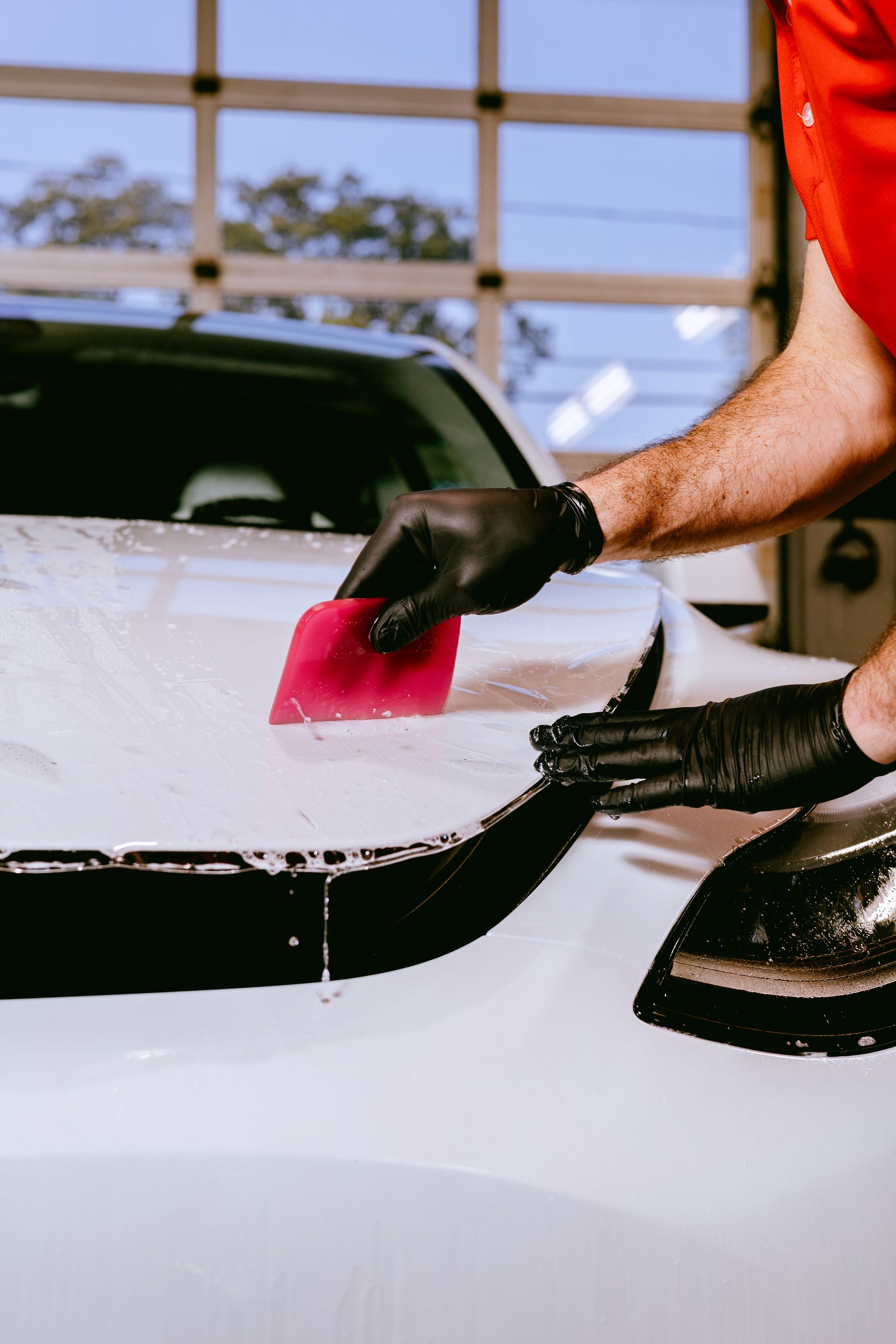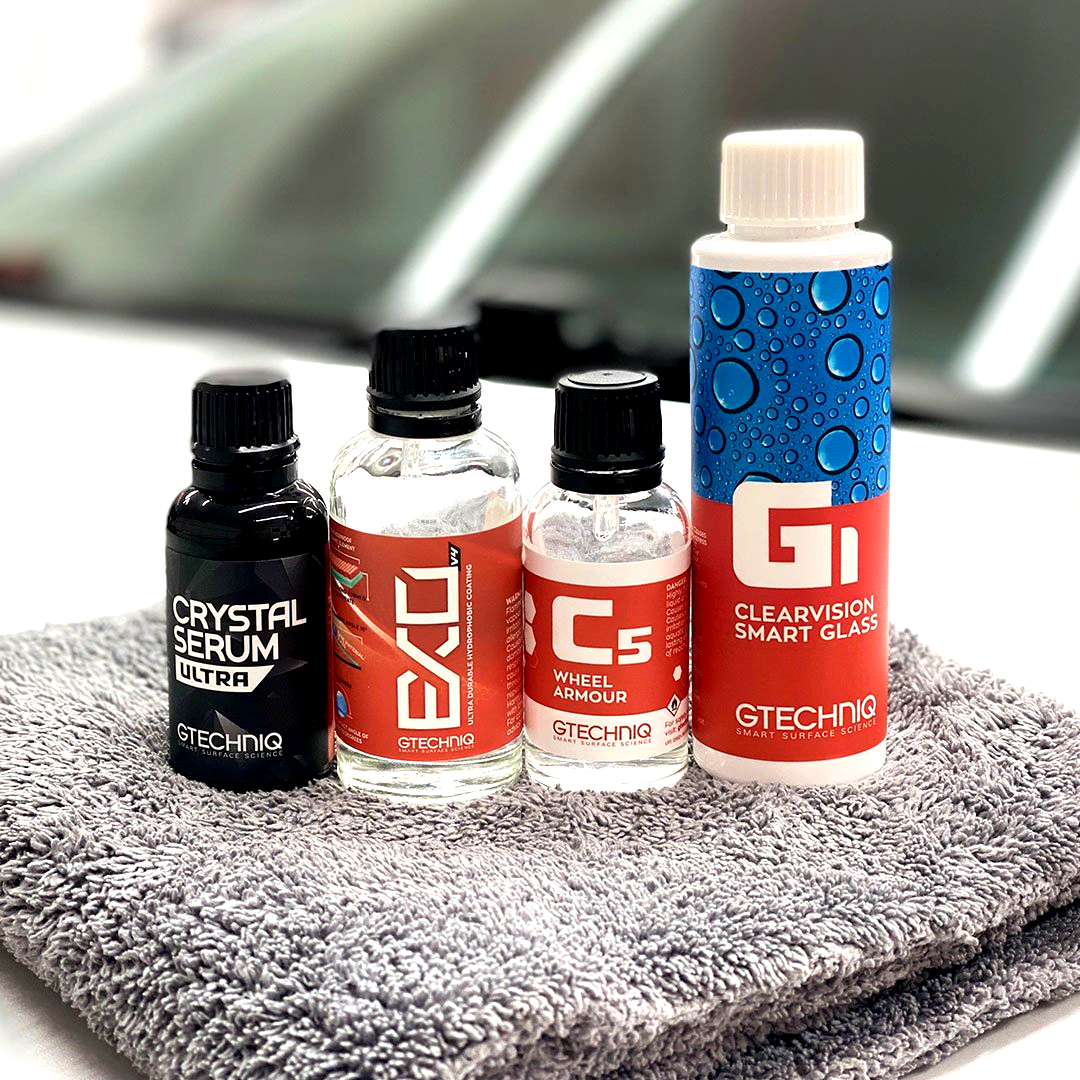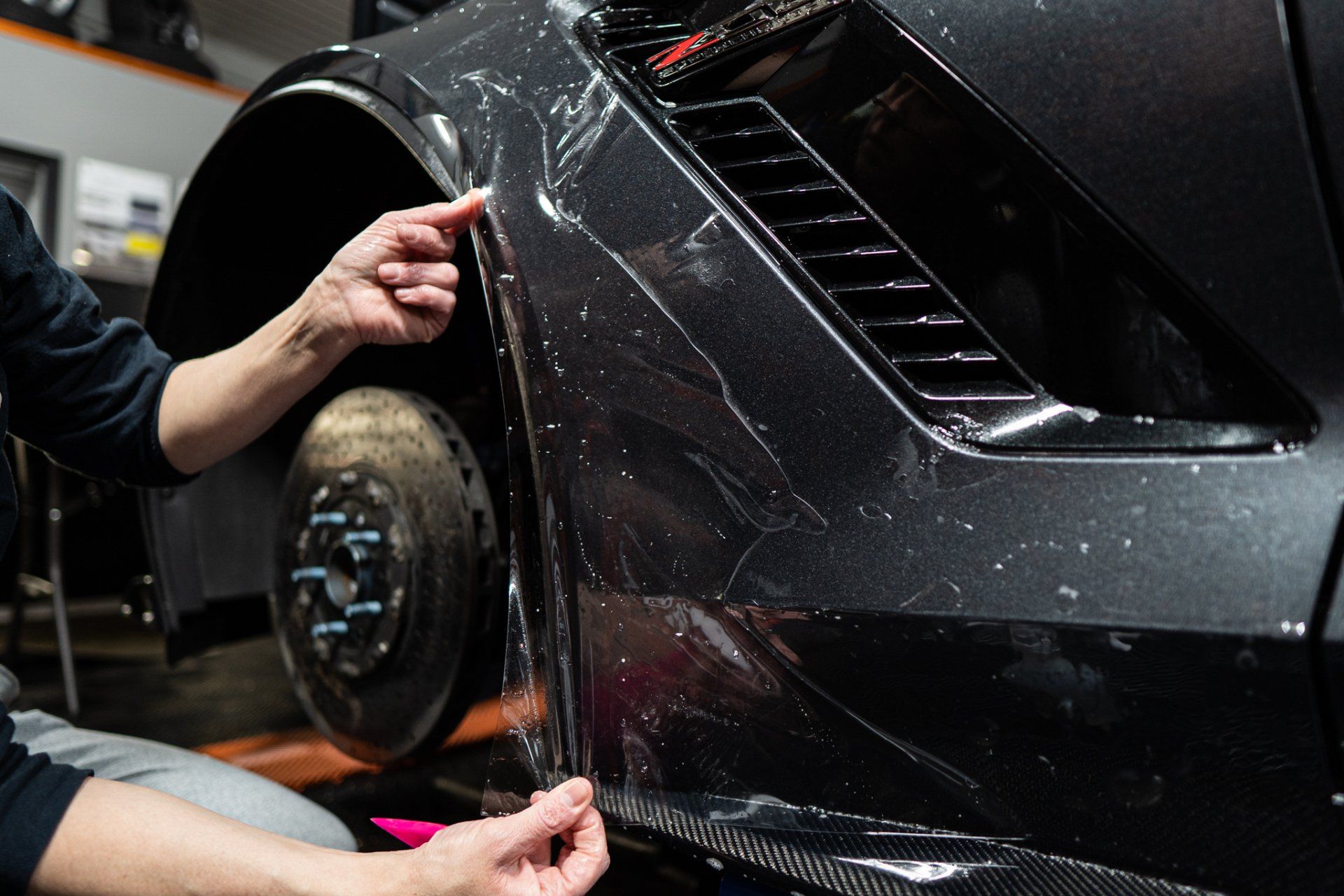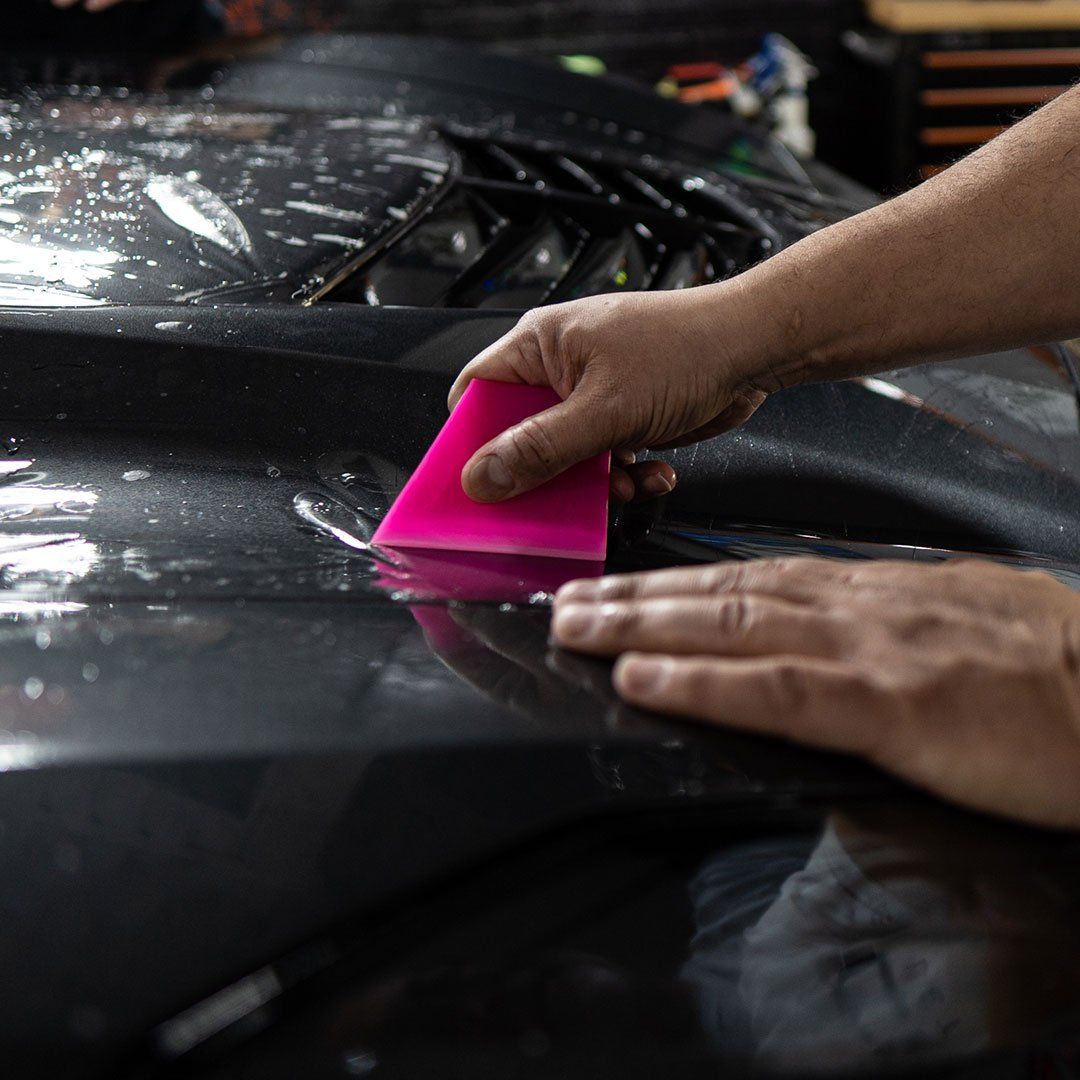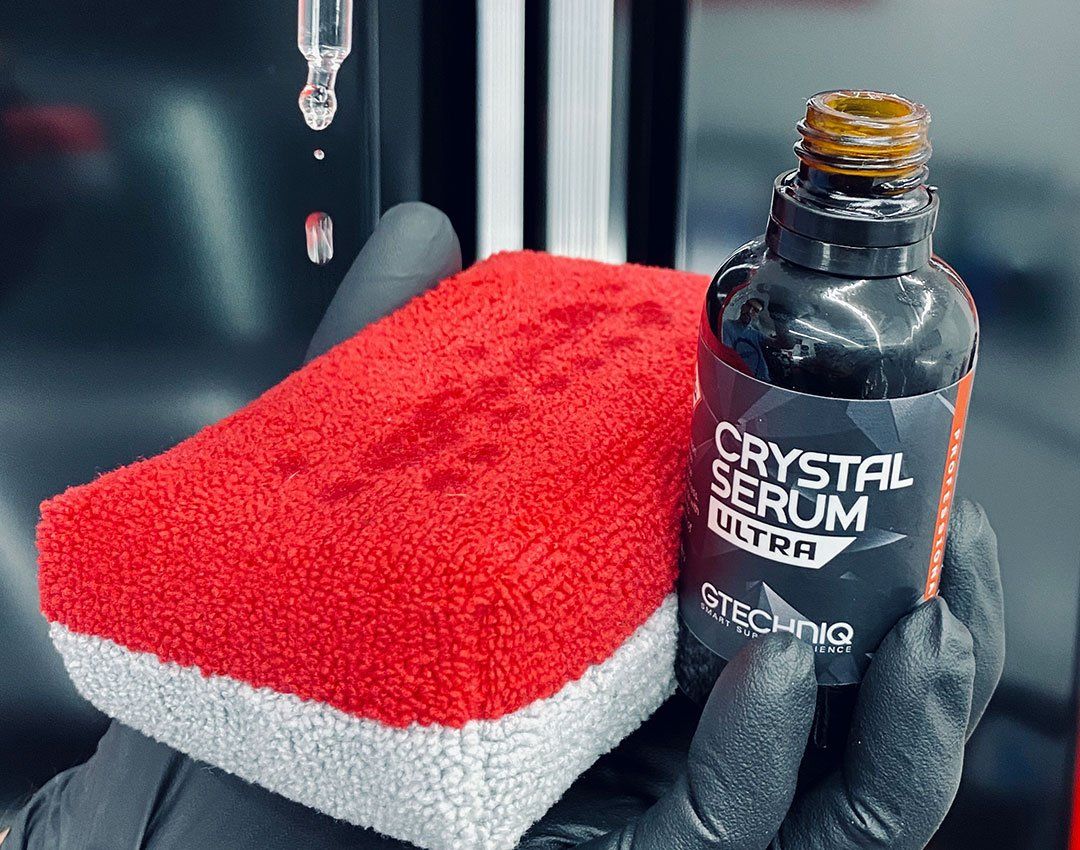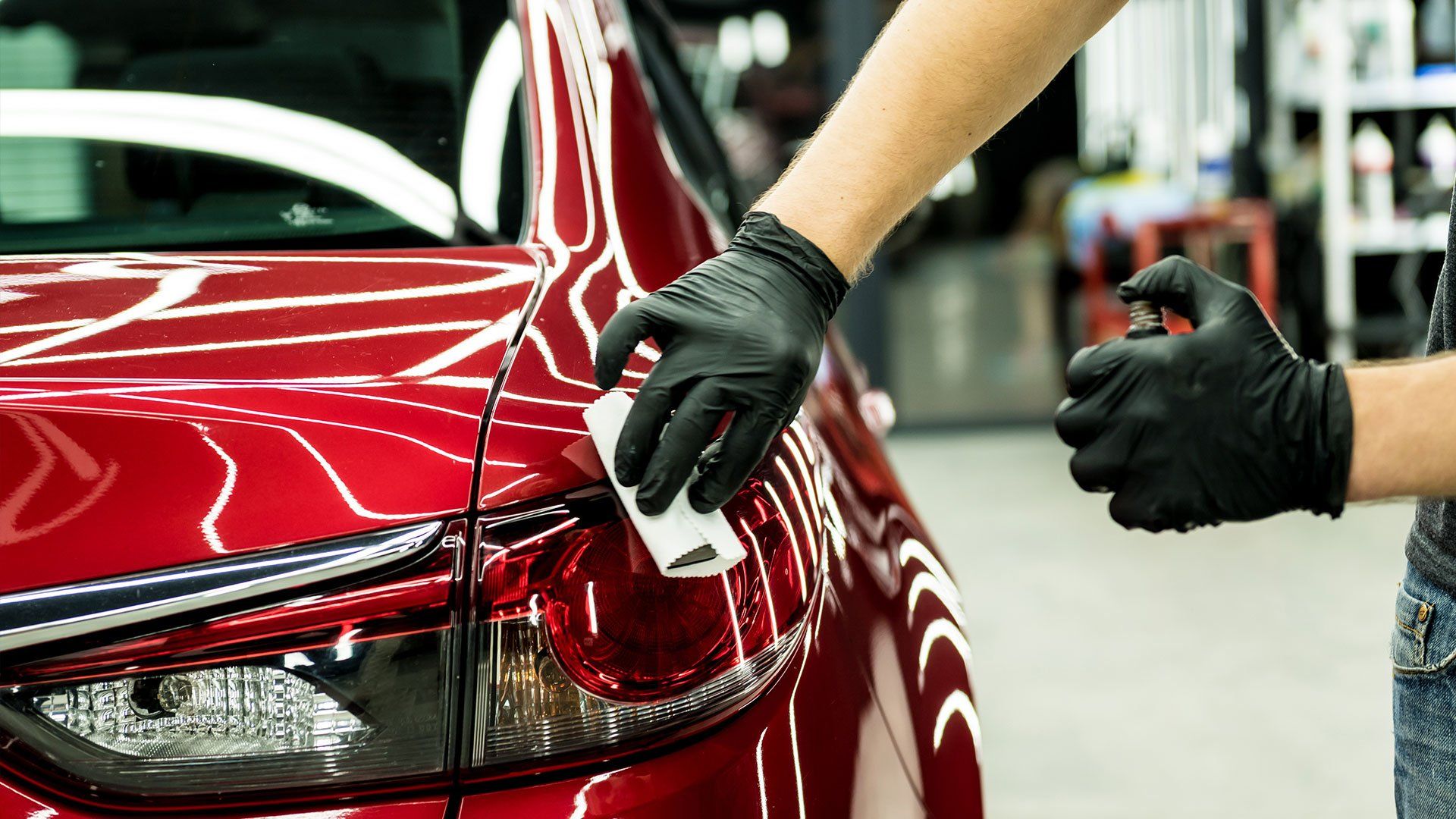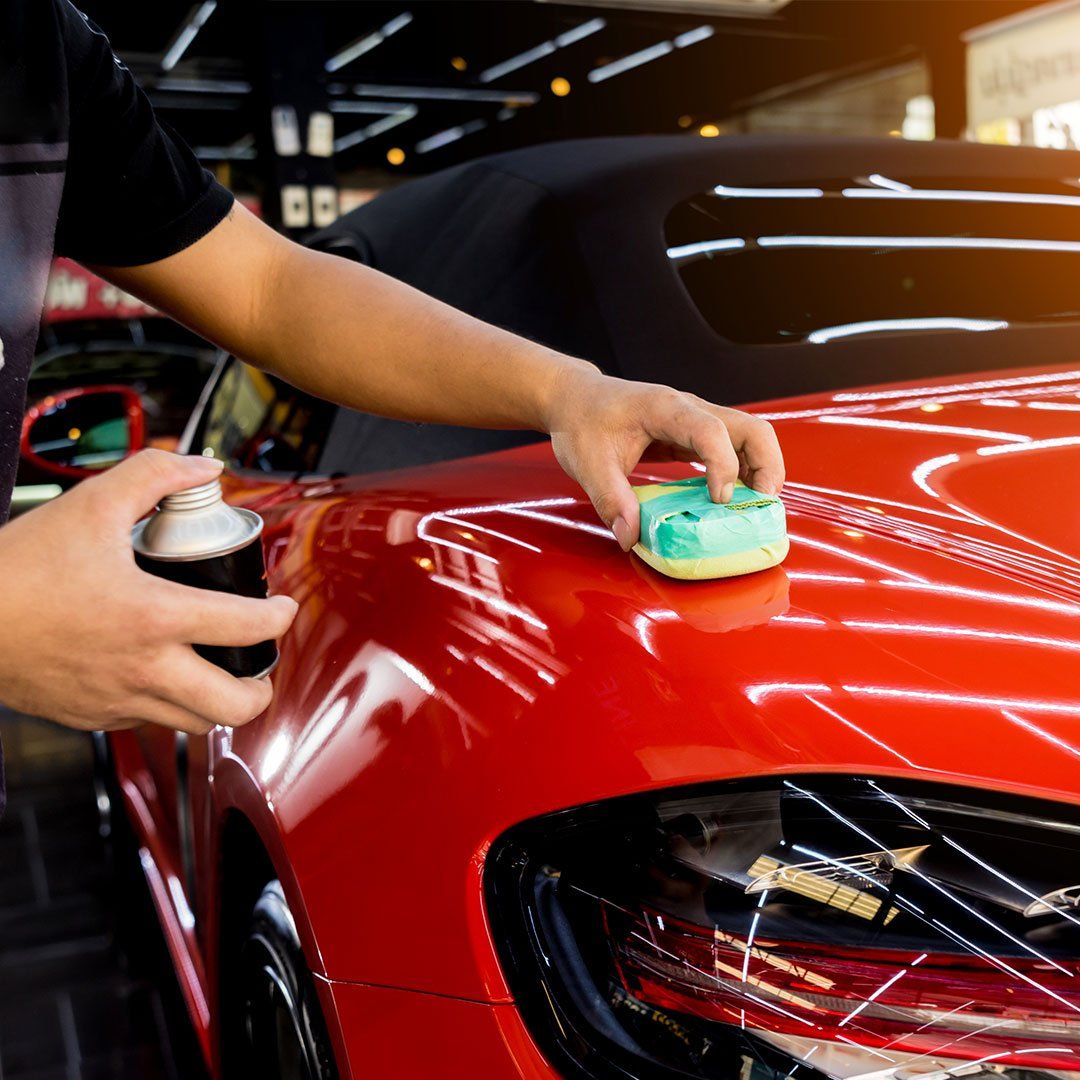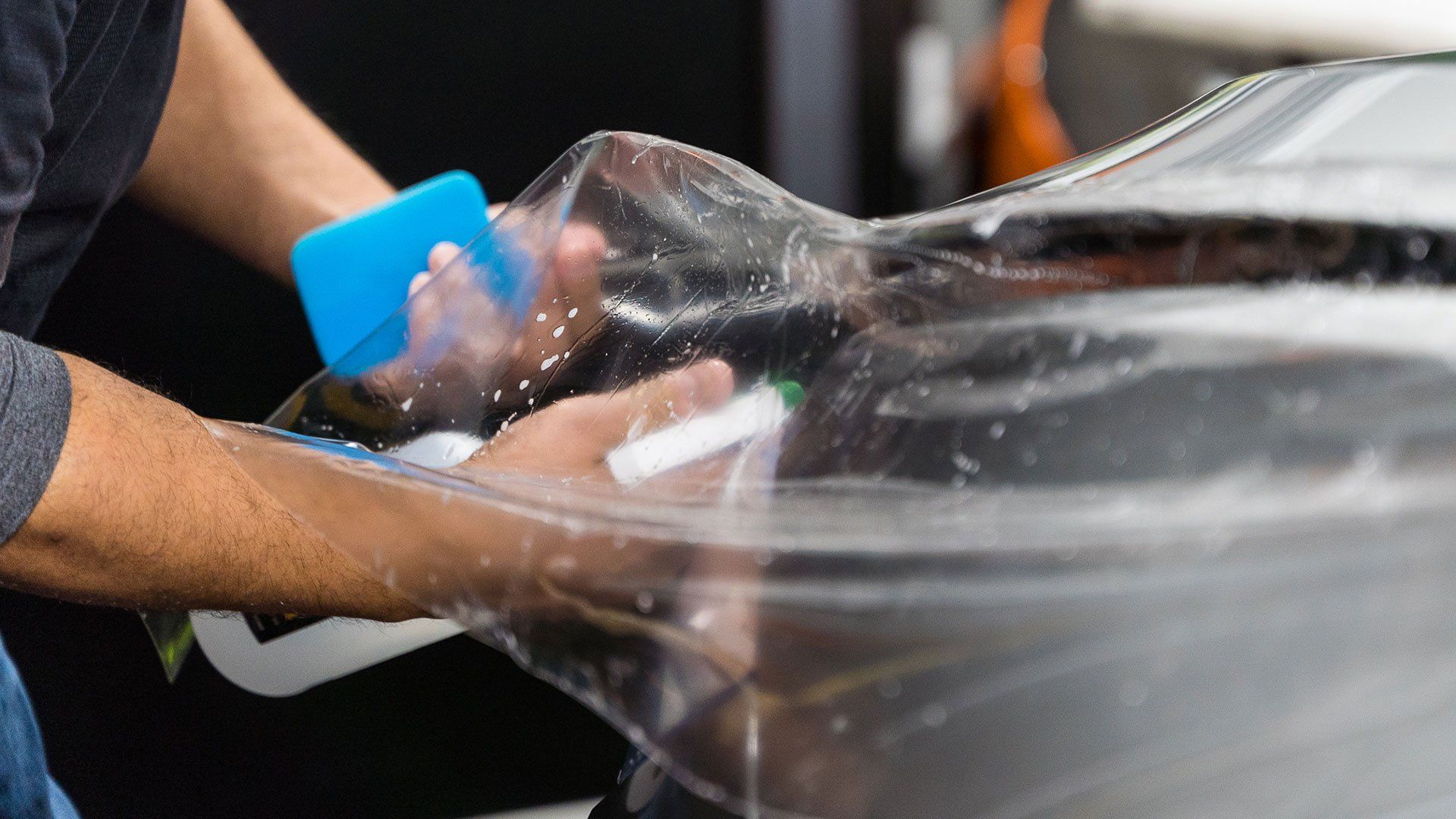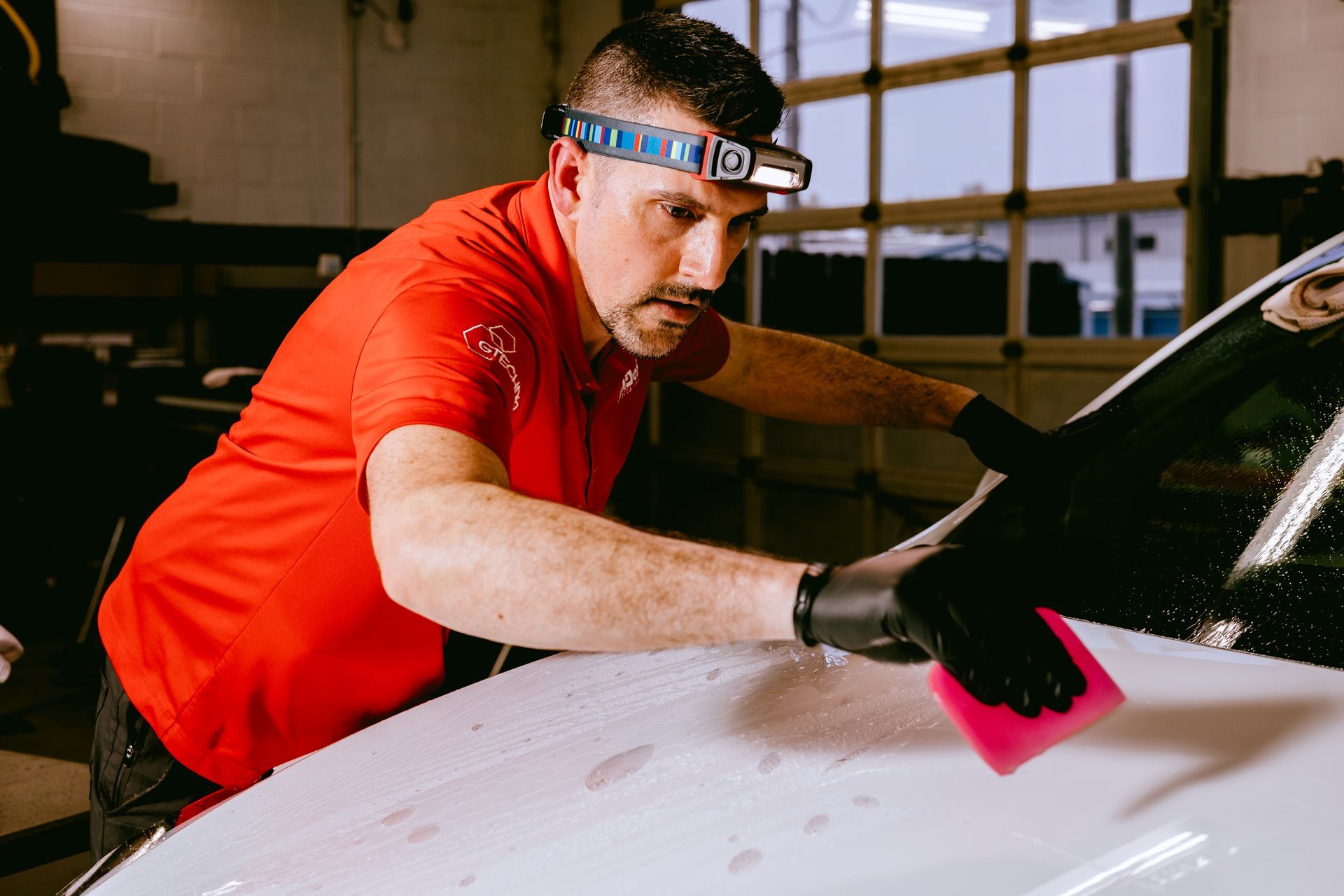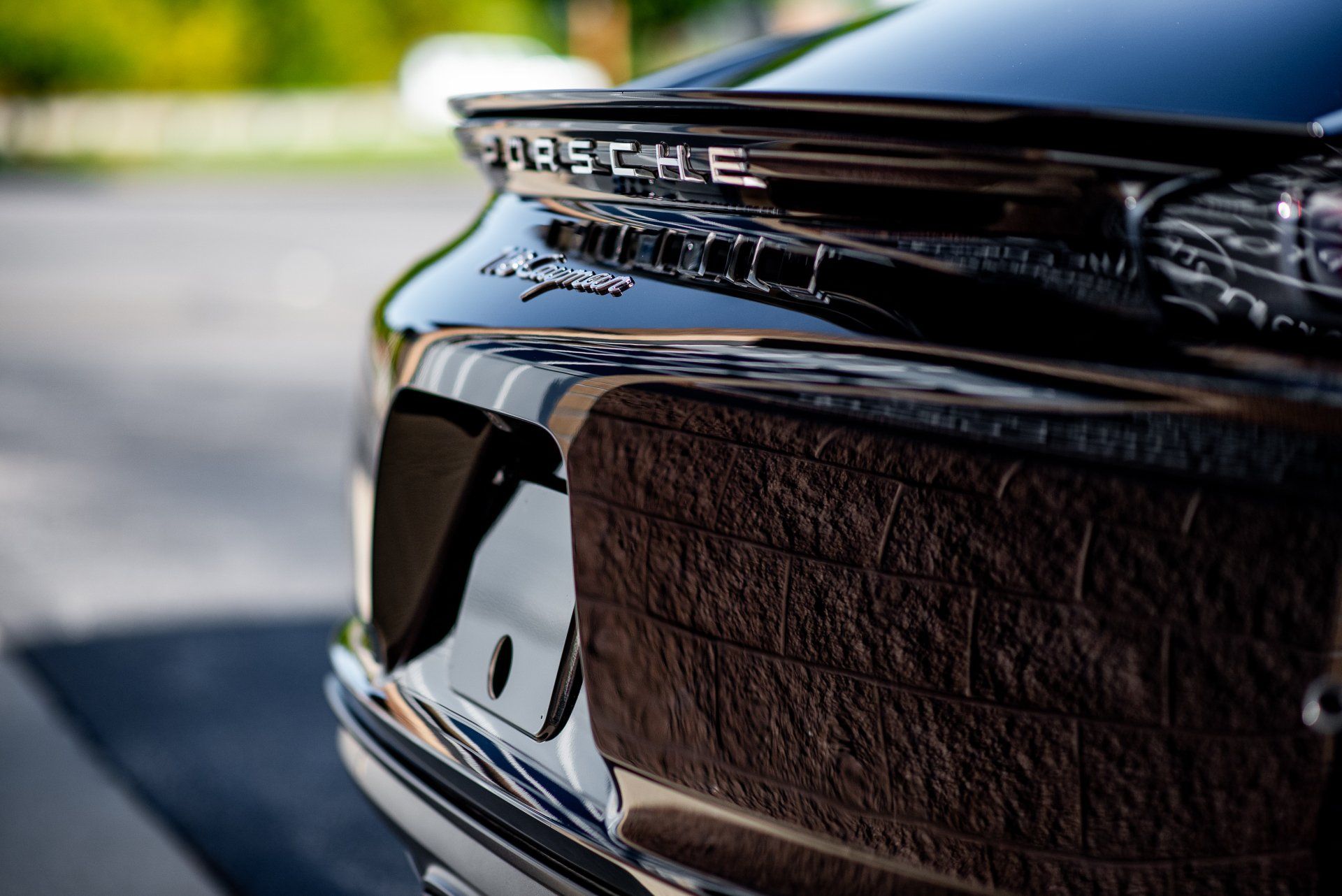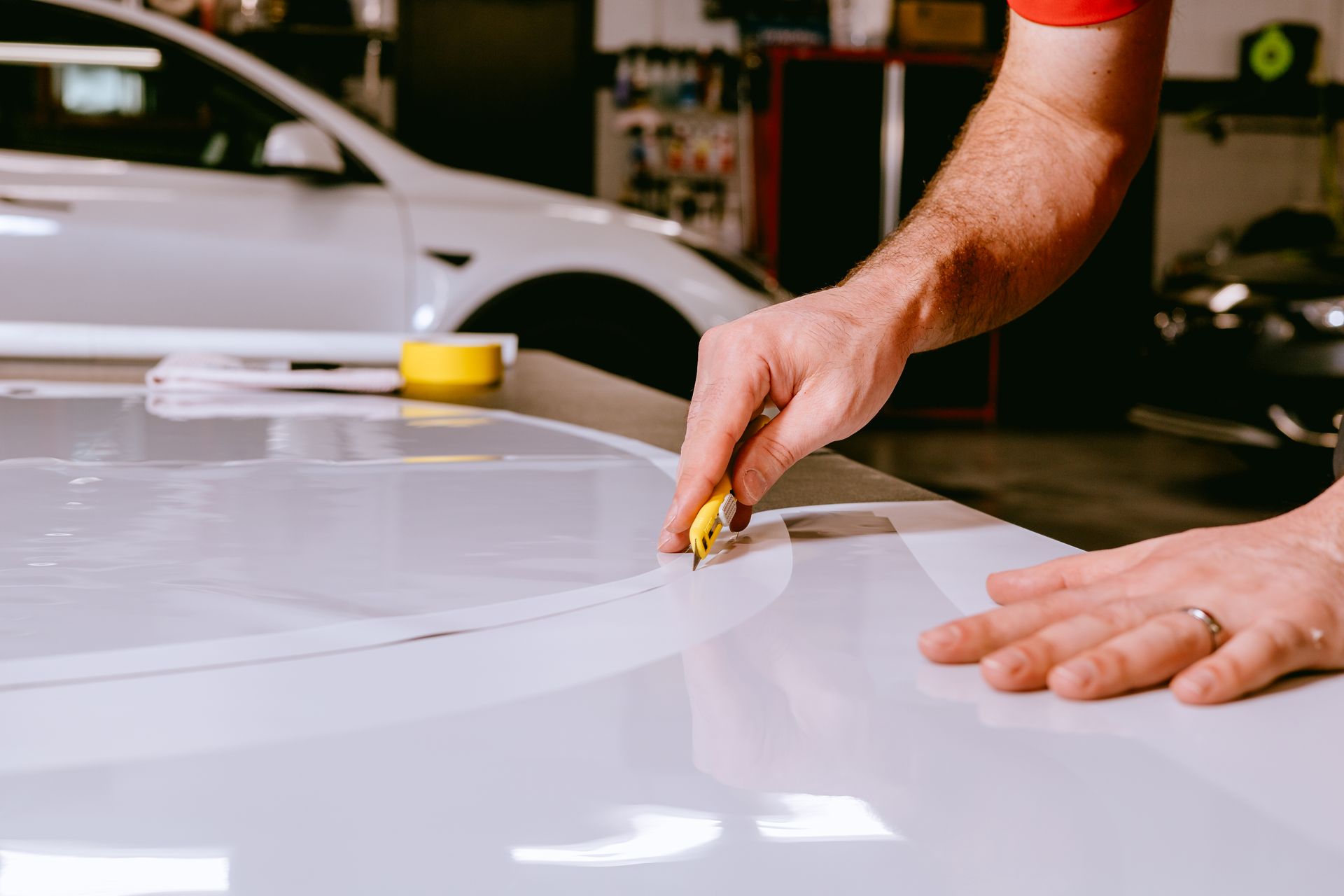How Much Does Professional Ceramic Coating Cost? Your Complete Pricing Guide
Professional ceramic coating isn’t just an expense; it’s an investment in your car’s future appearance and resilience to harsh elements. After noticing an incredible transformation in his vehicle's look post-application, you too might find the initial cost worthwhile for long-term benefits.
The average cost of professional ceramic coating typically ranges from $1,500 to $3,000, depending on factors such as the size of the vehicle and the type of coating used. It is advisable to obtain quotes from multiple service providers to compare pricing and services offered.
Exploring Ceramic Coating
Ceramic coating is more than just a protective layer; it acts as an advanced form of armor for your vehicle's paint job. When applied, this liquid polymer undergoes a chemical reaction with the paint beneath it, resulting in a bond that’s incredibly durable. This mechanism not only provides protection against harmful elements like UV rays, bird droppings, tree sap, and road grime but also enhances the overall look of your car by giving it a glossy finish that can last for years. Think of ceramic coating as a suit of armor—a tough exterior that safeguards your vehicle from the daily wear and tear it encounters. Imagine driving through rain or snow; instead of worrying about water spots or salt damaging your paint, you can rest assured knowing that the ceramic coating will keep your vehicle looking pristine.
One of the key differences between ceramic coatings and traditional waxes is permanence. While wax provides temporary protection that washes away after several washes or environmental exposure, ceramic coatings form a semi-permanent bond with the paint surface. This means that once applied correctly, they can last anywhere from two to five years without needing reapplication, depending on the product used and how well you maintain it. The application process is crucial and requires attention to detail. An improperly applied coat can lead to issues such as high spots—areas where the coating has thickened—or uneven distribution. Consequently, while many vehicle owners might think about doing a DIY job for cost savings, considering a professional application can ensure you benefit fully from all the properties that ceramic coating offers.
Understanding the long-term investment aspect of ceramic coating opens the door to exploring its advantages in protecting and enhancing vehicle aesthetics. By grasping these benefits further, you're better equipped to appreciate why so many are making the switch to this modern protective solution.
Benefits of Ceramic Coating
One of the standout benefits of ceramic coating is its robust protection from UV damage. Over time, sun exposure can significantly dull the paint on your car, causing it to look tired and worn. By applying a ceramic coat, you create a barrier that effectively blocks harmful ultraviolet rays from penetrating the surface. This means not only does your car maintain its rich color, but it also prolongs the life of the paint itself. Along with UV protection, another significant advantage is the ease of cleaning that ceramic coating offers. Its hydrophobic properties are remarkable—water and dirt simply slide off with minimal effort. Imagine taking your car to a wash and noticing how much faster everything gets rinsed off; this not only saves time but also reduces the need for constant waxing or expensive detailing.
In addition to all this, one can't overlook the enhanced gloss and shine that come with ceramic coating. It provides a sleek finish that takes your car's appearance to another level, making it stand out on the road. The high-gloss surface looks fresh and new, offering a luxurious touch that turns heads—there’s just something captivating about that shine. Protection extends beyond mere aesthetics; chemical resistance is another key feature of ceramic coating. This coating shields your vehicle against corrosive substances such as bird droppings or tree sap, which can wreak havoc on your paint. These acidic contaminants, if left untreated, can cause irreversible damage over time. However, ceramic coating acts as a fortress, ensuring that your car remains in pristine condition regardless of environmental threats.
Pricing of Professional Ceramic Coating
When it comes to investing in ceramic coating for your vehicle, knowing what to expect in terms of pricing can save you time and money. Various services fall within specific price ranges depending on the quality and extent of the work performed. A basic service priced at about $500 to $1,000 typically includes a single layer of ceramic coating. This option might be attractive if you're looking for a quick enhancement without a heavy investment. However, if you're seeking more comprehensive protection, you may want to consider upgrading to a premium service.
The premium package usually ranges from $1,000 to $2,000, generally incorporating multiple layers of coating applied after thorough surface preparation. This added attention to detail can significantly enhance durability and shine; thus, if you're planning on keeping your vehicle for the long haul or live in an area with harsh conditions, it's worth considering this tier. Investing in a premium ceramic coating not only increases the longevity of your vehicle's finish but also enhances its appearance, resulting in a visually striking sheen that lasts longer.
If you're after that showroom-quality look paired with optimal protection against environmental aggressors like UV rays and road grime, a professional ceramic coating service is your go-to option. Selecting the right package depends heavily on your individual needs and how you plan to use your vehicle.
Average Industry Costs
The typical cost for professional ceramic coating services throughout the United States falls between $1,000 and $2,500. This price bracket represents the baseline for a quality application that involves not only labor but also high-quality materials, which are essential for achieving durable results. Additionally, regional differences play a significant role in determining costs. In more rural areas, you might find rates leaning closer to that lower cost range. It’s worth noting that while saving money is always appealing, skimping on quality ceramic coatings may lead to subpar protection or longevity of your vehicle's finish. If you aim to maintain your car's aesthetic appeal and value over time, investing in reputable service typically pays off.
Factors Affecting Cost
Several factors can influence the final price tag:
- Vehicle Size: Larger vehicles, such as SUVs and trucks, require more materials and time to coat than standard cars.
- Level of Service: Certain providers offer multiple tiers of coatings; a basic option might cost less but offer less durability than a premium option that includes additional protective layers.
- Condition of the Vehicle: If your vehicle has imperfections that need rectifying before coating (like scratches or swirl marks), additional prep work will affect overall costs.
Recognizing how these elements interplay helps set realistic expectations regarding pricing and guides your choice among the various options available for your next project.
Factors Impacting the Price
Several elements influence the cost of ceramic coating, beginning with the size and type of vehicle. If you have a large SUV or truck, expect to pay significantly more than if you're having a small sedan coated. The reason is simple: larger vehicles have more surface area that needs treatment, which requires more material and time. This increase in size affects not only the quantity of product used but also the labor involved in the application process. Conversely, compact cars usually come with a smaller price tag due to their less material-intensive nature and lesser preparation requirements.
Additionally, the condition of your vehicle's paint plays a crucial role in determining costs. Cars that have seen better days, often characterized by scratches and imperfections, will necessitate extensive prep work before applying the ceramic coating. This includes washing, polishing, and sometimes even compounding to restore clarity to the paint surface. In contrast, if your car has factory-fresh paint, it typically requires much less attention before the coating is applied. Thus, while some might think they are saving money with an older vehicle, they may find that repair costs for imperfections add up quickly.
Another vital component influencing price is the quality of coating products used during application. When choosing a ceramic coating, remember that all products are not created equal. Higher-end ceramic coatings might come at a premium price but often provide superior longevity and protection against environmental factors such as UV rays and contaminants. It’s worth considering whether you want to invest in durability or go with a budget option that may not perform as well over time. A wise choice here can save you from needing reapplication in a short period.
Lastly, the skill level of the professional performing the installation has a direct impact on costs. For instance, hiring an experienced professional who has honed their craft over many years may cost more upfront but translates into superior quality service and results you can rely on. Often, you'll find these professionals backed by positive customer reviews and a solid reputation in the industry. Investing in top-notch application techniques can lead to longer-lasting results from your ceramic coating, effectively making it worthwhile despite higher initial expenditures.
Evaluating all these factors—size, condition, product quality, and professional expertise—will guide you as you explore suitable options for protecting your vehicle’s finish efficiently.
Choosing a Professional Service
Selecting a professional service for ceramic coating is more than just picking someone from a list. It involves careful consideration and groundwork to ensure that you receive both quality workmanship and value for your investment. A ceramic coating is designed to protect your vehicle's paint and enhance its appearance, which makes it crucial to align with someone experienced and trustworthy.
- Research and Reviews: One of the first steps in the selection process is thorough research. Start by compiling a list of local detailers and diving into customer reviews on platforms like Yelp or Google. Pay close attention to feedback about work quality, professionalism, and customer service. Look for consistent patterns in their reviews—if several customers mention excellent communication or timely service, those are positive signs worth noting. Keep in mind that some negative reviews are inevitable; however, evaluating how businesses respond to criticism can provide insight into their overall professionalism.
- Certifications and Training: Once you've narrowed down your options based on reviews, it's important to check their credentials. Look specifically for professionals who have certifications from recognized bodies within the detailing industry, as these qualifications indicate they've undergone proper training. This training often includes understanding product applications, surface preparations, and safe working practices—all vital components in delivering high-quality ceramic coating services. Investing a few moments to verify certifications can save you from potential mishaps down the line. Well-trained technicians are more likely to treat your vehicle with the care it deserves.
- Consultation and Estimates: Before making any final decisions, schedule consultations with multiple detailers. Use these opportunities to discuss your specific needs and preferences regarding the ceramic coating process. During these consultations, request detailed estimates—but be cautious with the numbers presented. Always ask what’s included in their service packages. Some companies may quote you a lower price only to have additional costs pop up later for essential services. A transparent conversation about included—and not included—services will help you understand exactly what you're paying for and avoid unwelcome surprises later on.
Investing time in researching professionals can lead to better outcomes for your vehicle while ensuring you receive the quality service you deserve. Selecting a trusted expert not only protects your investment but also enhances the long-term look of your vehicle.
Leading Ceramic Coating Installers in Elkhart, IN
Protecting your vehicle’s finish has never been easier with High-Def Detailing, the leading ceramic coating installers in Elkhart, IN. Their expert team applies premium ceramic coatings that create a durable, hydrophobic layer, offering unmatched protection against harsh weather, dirt, and contaminants. With enhanced gloss and long-lasting resilience, your vehicle's paint will stay in pristine condition for years. Choose High-Def Detailing for reliable, high-quality ceramic coating services that keep your car looking its best. Call us at (574) 333-9976 to get started!
